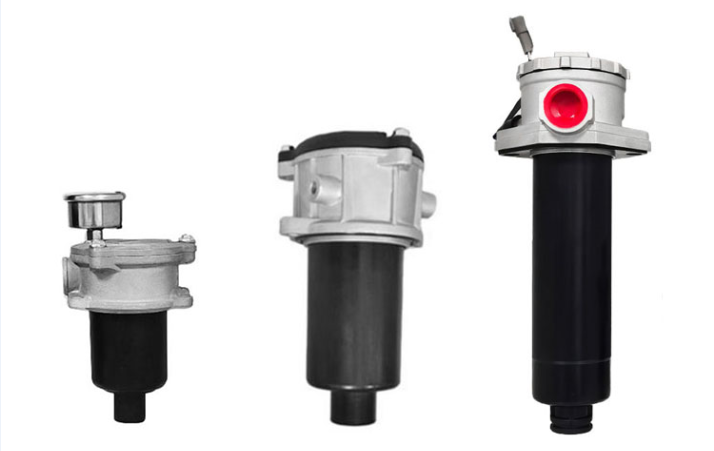The sources of impurities in hydraulic filters can be roughly divided into several categories, including mechanical impurities remaining in the system, external impurities entering the system, and impurities generated during the working process. These impurities enter the hydraulic system through many ways, which seriously affects the normal operation of the system. In order to understand the specific sources and hazards of these impurities in more detail, the following will be introduced around the different sources:
1. Mechanical impurities in hydraulic filters remaining in the system
(1) Rust casting sand welding slag
During the manufacturing, maintenance and cleaning of hydraulic systems, impurities such as rust, casting sand and welding slag may be left behind. These are usually caused by incomplete cleaning or improper process handling.
(2) iron filings paint skin
During machining and surface treatment, impurities such as iron filings, coating skins and paint skins may be produced. These impurities, if not completely removed, will remain in the system.
(3) cotton yarn scraps
Tools and materials used in the repair process, such as cotton yarn, can also be left behind in the system and become part of the impurities.
2. External impurities in hydraulic filters entering the system
(1) Impurities entering through the refueling port
During the refueling process, dust and impurities in the air may enter the hydraulic system through the refueling port. Therefore, appropriate protective measures need to be taken when refueling.
(2) Dust entering through the dust ring
Damaged or aging seals such as dust rings may cause external dust and impurities to enter the system. Regular inspection and replacement of seals is an important measure to prevent such contamination.
3. Impurities in hydraulic filters produced during the working process
(1) Seal fragments
Under the high pressure of the hydraulic system, the seal may produce debris. These fragments are mixed into the oil and will affect the sealing performance of the system.
(2) Metal powder produced by wear
Hydraulic components in relative motion will produce wear, forming metal powder. These powders circulate with the oil, increasing wear and damage to the system.
(3) Colloidal asphaltene carbon residue produced by oxidation and metamorphism of oil
During the use of hydraulic oil, due to high temperature, high pressure and air contact and oxidation metamorphism, resulting in gum, asphaltene and carbon residue and other harmful substances. These substances will seriously affect the lubrication performance of the oil and the normal operation of the system.

